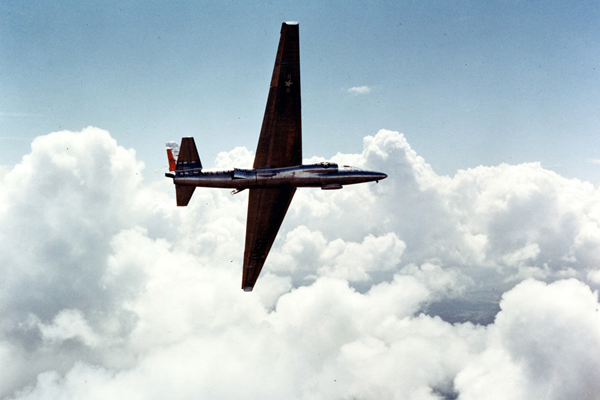Military Assistance Command Vietnam and the CIA Finalize Operations Plan 34A
December 15, 1963

Secretary of Defense Robert McNamara and the Joint Chiefs of Staff (JCS) finalize the details on a plan, approved by President Kennedy just before his assassination, to secretly but more directly support the South Vietnamese armed forces in their conflict with North Vietnam. McNamara and the JCS believe that the CIA’s actions in North Vietnam so far have been too piecemeal to significantly deter Communist activities in the South. They codename the plan Operations Plan 34A (OPLAN 34A) and it directs U.S. forces to engage in covert actions against the North, both directly and in support of South Vietnamese troops. These include commando raids and aerial attacks against military and communication facilities as well as espionage, sabotage, intelligence, and counterinsurgency operations.
Wherever possible, OPLAN 34A activities are carried out without direct U.S. involvement or in ways that maintain plausible deniability of American involvement. Much like other political, diplomatic, and military measures being taken against North Vietnam, the Department of Defense conceives of OPLAN 34A as a way to pressure Hanoi’s government to shut down its support for the Communist insurgency in South Vietnam and to reexamine its alleged aggression in neighboring Laos.
President Lyndon Johnson reapproves OPLAN 34A, with slight modifications, on January 16, 1964. South Vietnamese troops, trained by U.S. Navy SEALs and provided with American equipment and vehicles, begin conducting raids shortly thereafter. Most of these are commando raids staged from patrol boats against North Vietnamese coastal and island installations and supply depots. American U-2 high altitude spy planes also conduct flyovers of North Vietnamese territory, gathering intelligence and information on potential OPLAN 34A targets. At first, Norwegian mercenaries captain many of the commandos’ boats, but American captains eventually begin heading the raids as well. As the raids increase in tempo throughout 1964, it becomes evident that the South Vietnamese commandos are suffering consistently high casualty rates while achieving few successes.1